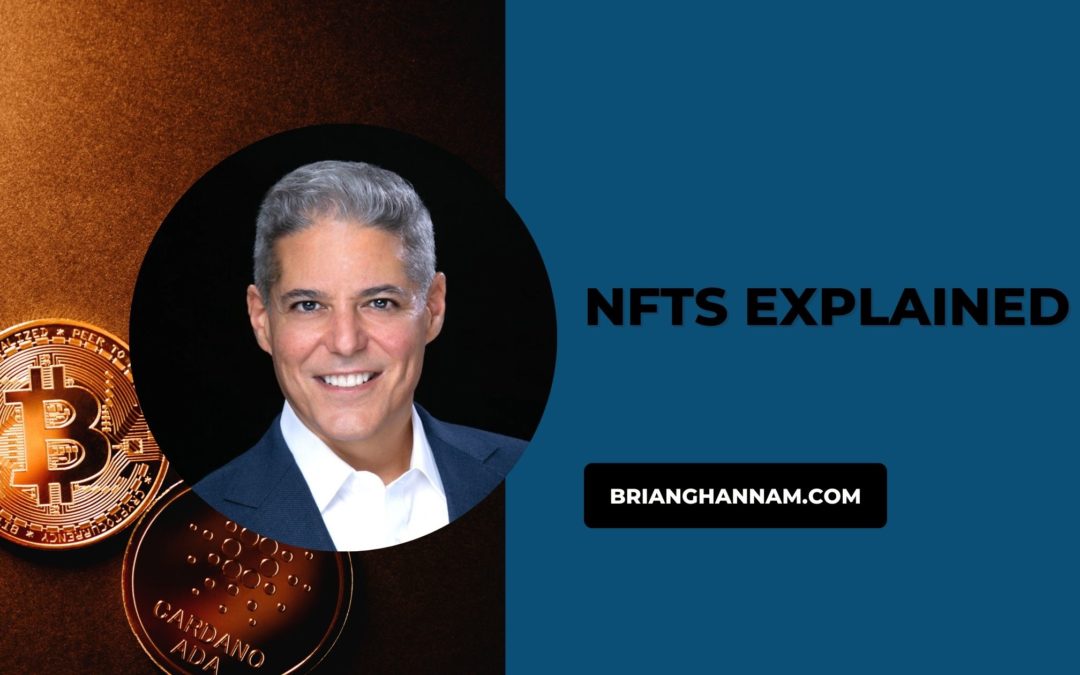NFTs, also known as non-fungible tokens, are becoming more prevalent these days. NFTs purchase various types of digital assets, such as art and music. Despite the hype surrounding NFTs, are they worth the money? Some experts believe they are a bubble that will eventually pop, similar to the dot-com craze. Others think they will change investing forever.
The concept of NFTs was initially created to give artists a way to control their work’s value. Various celebrities and major brands have since joined it.
NFT registration is easy to explain. It allows one to register a one-of-a-kind digital image, video, or other physical assets on a blockchain, and it’s transparent.
The Definition of an NFT
NFTs (non-fungible tokens) are unique data units on a blockchain, and they can be linked to physical objects and digital images to provide an immutable record of ownership. The data contained in these tokens can be used to purchase different digital works, such as music, movies, and avatars. They can also access exclusive merchandise or buy tickets to events.
Unlike cryptocurrencies, NFTs cannot be traded or exchanged at the same price. This makes them different from fungible tokens, which are essentially identical to one another.
Like other new technologies, learning about NFTs can be challenging. This is why we’re here to help you navigate through the various aspects of this asset class. Through the use of blockchain technology, NFTs allow individuals to create, sell, and buy items in an easily verifiable manner. It’s essential to remember that, unless stated otherwise, you are not buying the rights to any underlying assets after you have bought an NFT.
Creating and Selling NFTs
An individual or company can create and sell an NFT by selecting a unique asset in the blockchain. The item is added to the blockchain through a process known as minting. Through mining, the NFT is verified and recorded as an NFT.
Before you can create and sell an NFT, you’ll need to purchase cryptocurrency. Most auction platforms require that you pay a fee to “mint” an NFT, which is the process that adds the item to the blockchain and turns it into a non-fungible token. The most common form of payment for NFTs is the cryptocurrency ether, which is the native cryptocurrency of Ethereum.
An NFT can be stored as part of a private collection or bought, sold, or traded through various online platforms.
The Difference Between NFTs and Cryptocurrency
Cryptocurrency is the money you use for all your blockchain transactions. It can be bought or converted into fiat currencies, such as dollars, euros, and yen, through exchanges. On the other hand, an NFT is an asset that is unique and valuable, and unlike a currency, it can lose or gain value after being purchased using cryptocurrency.
Unlike cryptocurrencies, which are fungible, NFTs are not fungible. To better understand the distinction between fungible and non-fungible currencies, it’s important to consider traditional fiat money. Cryptocurrencies aren’t unique and can be easily replaced.
A big difference is that cryptocurrencies are fungible, but NFTs are not fungible. They are unique because they have no identical version. Each NFT is a unique piece of data that cannot be replicated. The scarcity and uniqueness of NFTs can increase their desirability and appeal. As a result, they can be sold for higher prices.


